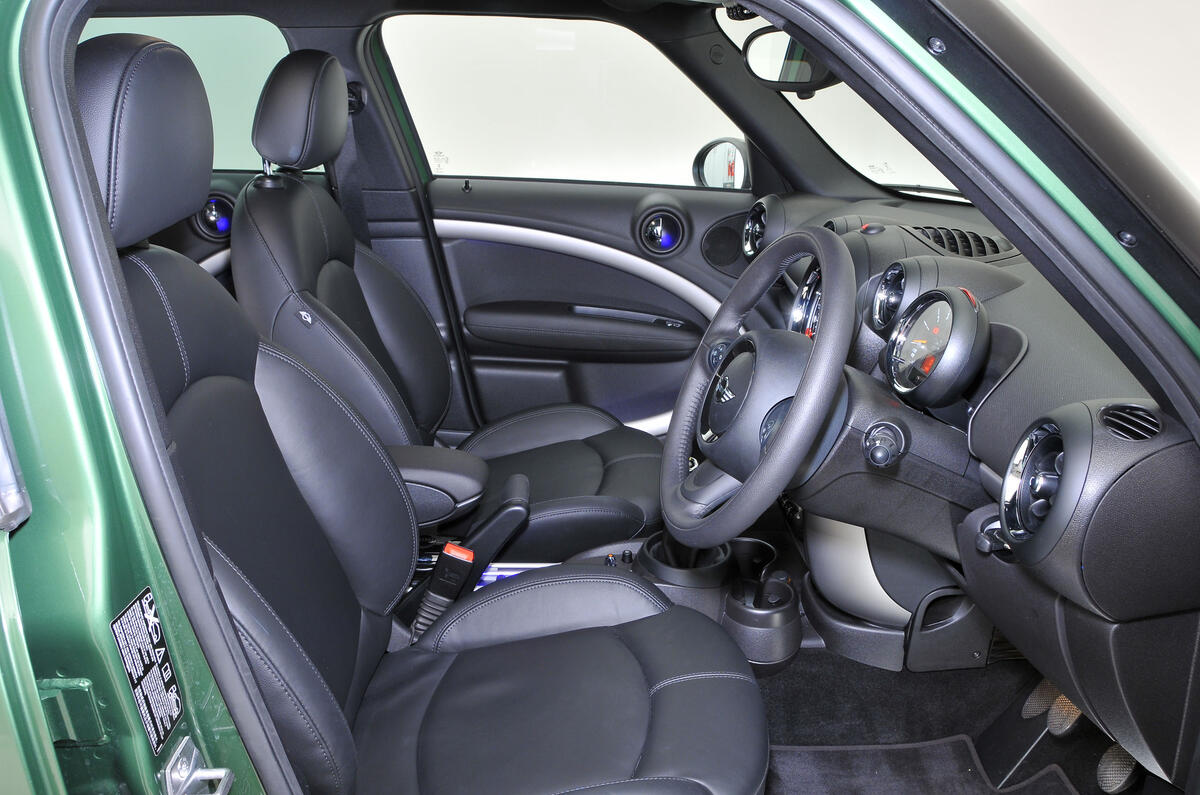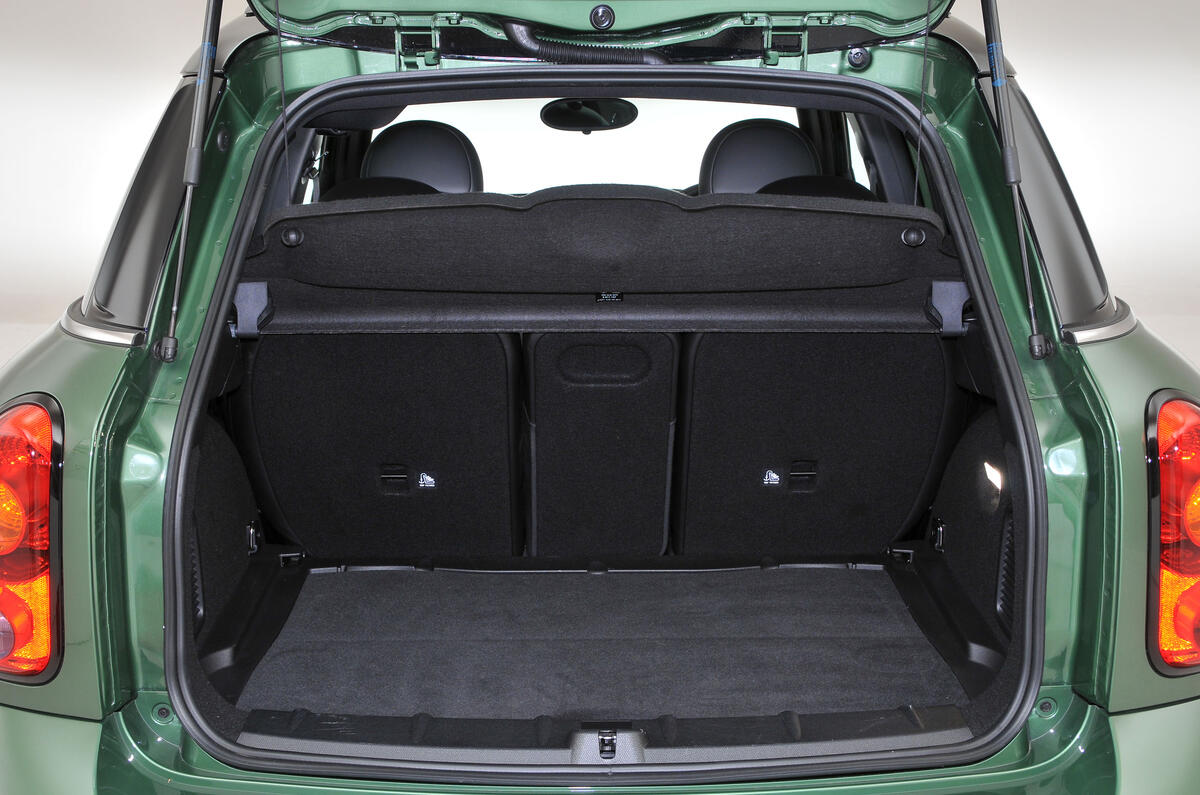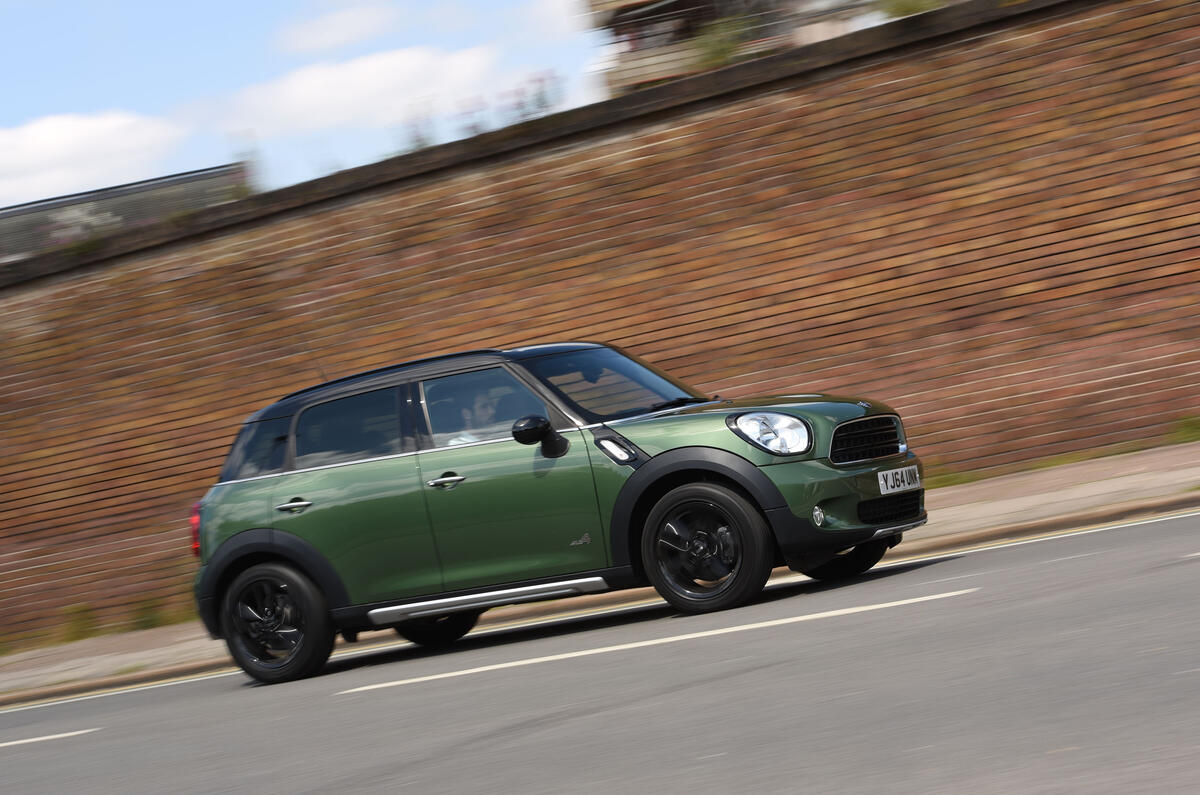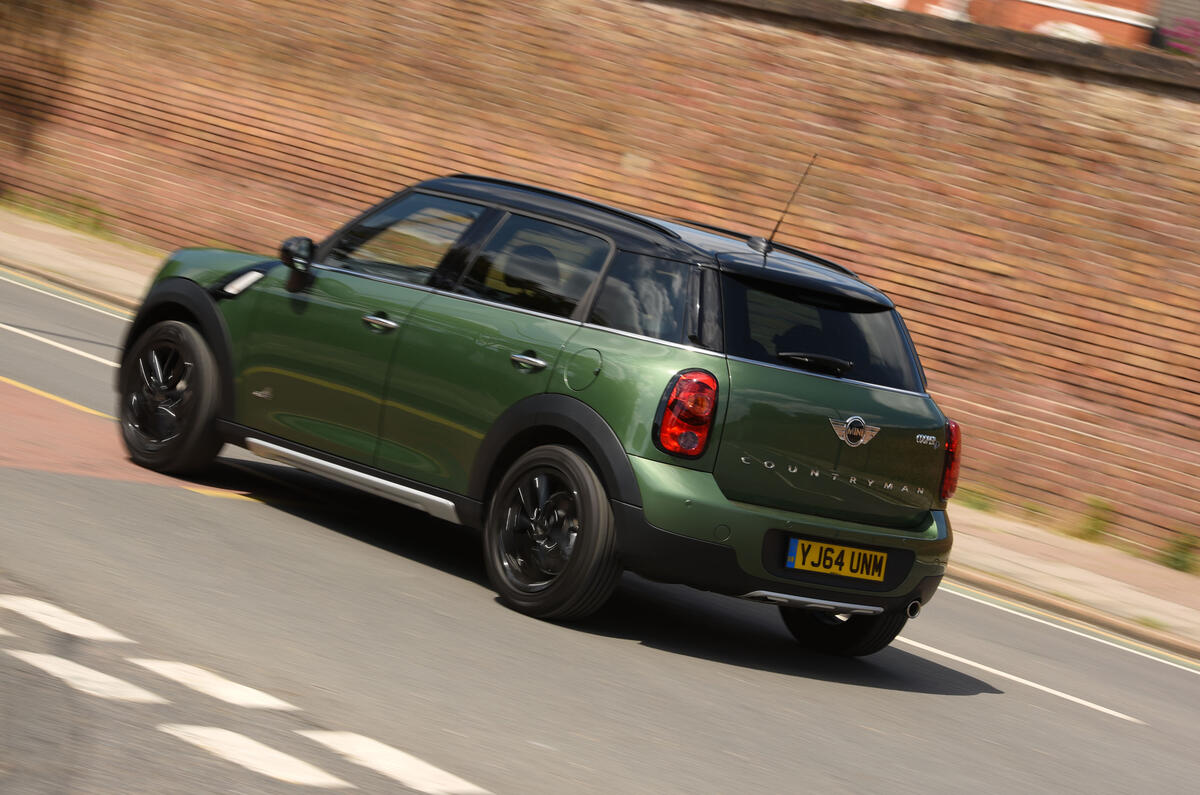
Used Mini Countryman 2010-2017 review
The reasoning behind Mini’s decision to build the larger Mini Countryman is clear: it will stop many existing fans from straying when they need a more practical vehicle. However, we are less convinced of the quasi-SUV positioning or the styling; it seems to fall foul of the same slavishness affecting Porsche’s designs.
The Countryman performs well enough, but it is not without criticism. The packaging, although a big improvement on Mini’s other models, still trails that of a regular hatch. A Nissan Qashqai or Skoda Yeti may lack the caché of the Mini badge, but they do a much better job of moving a family about.
The Countryman’s boot is far too small and while there’s okay room in the four standard seats, space across the back for three, if you opt for the rear bench, is tight for kids, let alone adults.
Then there’s the idiosyncrasies of Mini cabins that haven’t been addressed in this new car – the switchgear positioning in some cases is just plain awful.
Initially, the Countryman seems to compete on price, but spec it how you’d want it and you’ll be shocked to see how much you can spend on a small car. Rivals seem cheap by comparison.
Economy is good, but performance from the diesel models is no better than average. And the four-wheel drive, we feel, is another unnecessary expense.






































